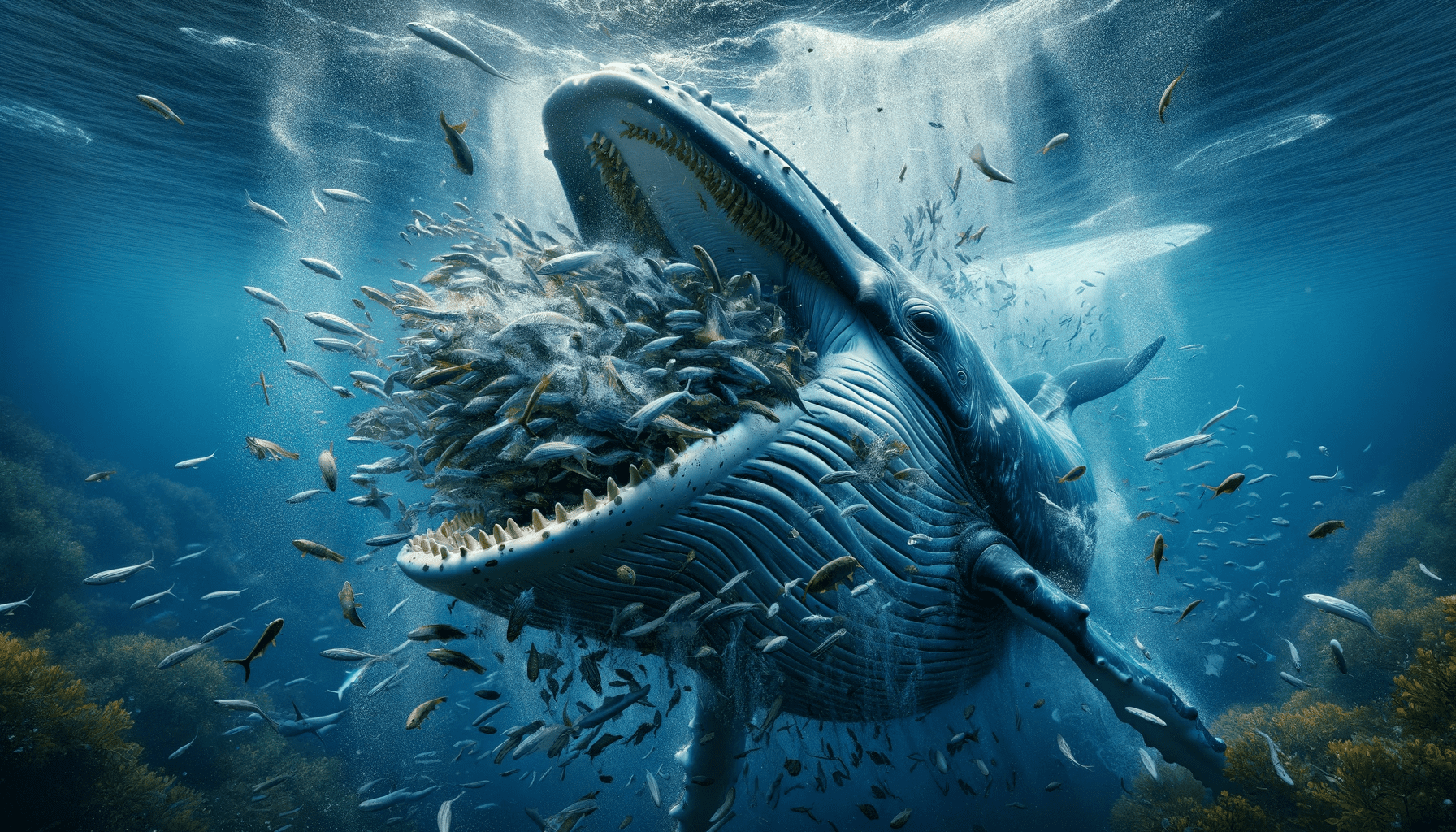Whales are majestic creatures that have captured mankind’s imagination for centuries. Their enormous size, amazing behavior and mysterious way of life make them one of the most intriguing animals on earth. In this article, we take a closer look at the history of whales, the different species that exist, and how they continue to fascinate us.
The History of Whaling
The history of human interaction with whales began thousands of years ago, when indigenous peoples around the world began hunting whales for their meat, skins and bones. This early whaling was mostly small-scale and sustainable, as communities depended on these animals for their livelihood.
In the 17th century, however, commercial whaling began to flourish in Europe and North America. Whale oil became a valuable commodity for lighting and lubricants, so whaling quickly grew into a lucrative industry. However, whale populations began to decline rapidly due to over-hunting.
Various Species of Whales
There are numerous species of whales around the world, but we can generally divide them into two main groups: toothed whales (odontocetes) and baleen whales (mysticetes).
Tooth whales (Odontocetes)
Tooth whales include the impressive orcas, dolphins and sperm whales. They are known for their sharp teeth, which they use to hunt fish and other prey. Orcas, for example, are highly intelligent and social animals that live in groups, known as “pods,” and cooperate in hunting.
Baleen whales (Mysticetes).
Baleen whales are the largest animals in the world and are characterized by their baleen, long fibrous plates in their mouths that they use to filter plankton and small fish from the water. Some well-known species of baleen whales include the humpback whale, blue whale and gray whale. The blue whale, the largest of all, can reach up to 30 meters in length and is one of the most impressive animals on Earth.
The Current State of Affairs
Unfortunately, commercial whaling has led to dramatic declines in whale populations. In the 20th century, many whale species were seriously endangered and some were even close to extinction. Fortunately, international treaties such as the International Convention for the Regulation of Whaling (ICRW) were created to regulate and limit whaling. This has led to a recovery of some whale populations, although there are still concerns about the future of these magnificent animals.
Whales and Human Connection
Whales have always held a special place in the hearts of people around the world. They have been the subject of countless myths, legends and cultural expressions. Many indigenous communities regard whales as spiritual and symbolic animals, and there are many festivals and ceremonies honoring these majestic creatures.
In addition, whales have also been an important topic in science and tourism. Whale watching has become a popular activity in many coastal areas, giving tourists the chance to see these magnificent animals in their natural habitat.
The Importance of Conservation
The conservation of whales is vital to maintaining the biodiversity of the oceans and the ecosystem as a whole. As top predators, whales play a crucial role in maintaining the balance of marine food chains. Moreover, they are an indicator of ocean health and the impact of human activities on these ecosystems.
Conclusion
Whales are magnificent creatures that share a rich history with humanity. As we explore their history and diversity, we must also recognize that our interactions with whales in the past have not always been sustainable. Conservation of these majestic animals is crucial to the health of our oceans and our understanding of the natural world. Let’s work together to ensure their survival and continue to enjoy the magic of whales in our oceans.
The History of the Whale
Origin and Evolution
Whales are among the largest animals on Earth, but their origins are surprisingly humble. About 50 million years ago, the first cetaceans evolved from land mammals that resembled ungulates. These early whales, known as Pakicetus, were semi-aquatic and had characteristics of both land animals and marine mammals. As time progressed, these creatures evolved further in the water, leading to the wide variety of whale species we know today.
Hunting and Exploitation
Whales played a crucial role in human history. From about the 11th century, whaling became an important part of the economy, especially in Europe and North America. Whale oil was used for lamps, while baleen, taken from the mouths of baleen whales, was used in clothing and other products. Unfortunately, this intensive hunting led to the drastic decline of many whale populations.
Protection and Recovery
In the 20th century, increasing awareness about the state of whale populations led to actions for their protection. In 1986, commercial whaling was banned worldwide by the International Whaling Commission. Since then, many whale populations have shown signs of recovery, although some species, such as the blue whale, are still considered endangered.
Whales in the Modern Age
Today, whales are the subject of much scientific research and ecotourism. Their complex behavior and communication intrigue scientists, while their impressive size and elegance attract tourists from around the world. Whales remain a symbol of the natural world and the need to protect it for future generations.
The Future of Whales
Whales are magnificent creatures that share a rich history with humanity. As we explore their history and diversity, we must also recognize that our interactions with whales in the past have not always been sustainable. Conservation of these majestic animals is crucial to the health of our oceans and our understanding of the natural world. Let’s work together to ensure their survival and continue to enjoy the magic of whales in our oceans.


Leave a Reply